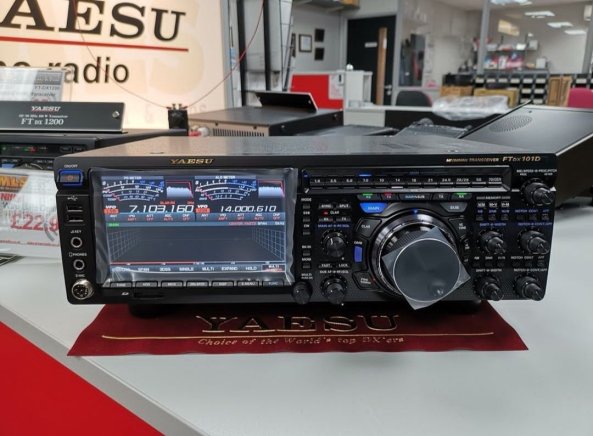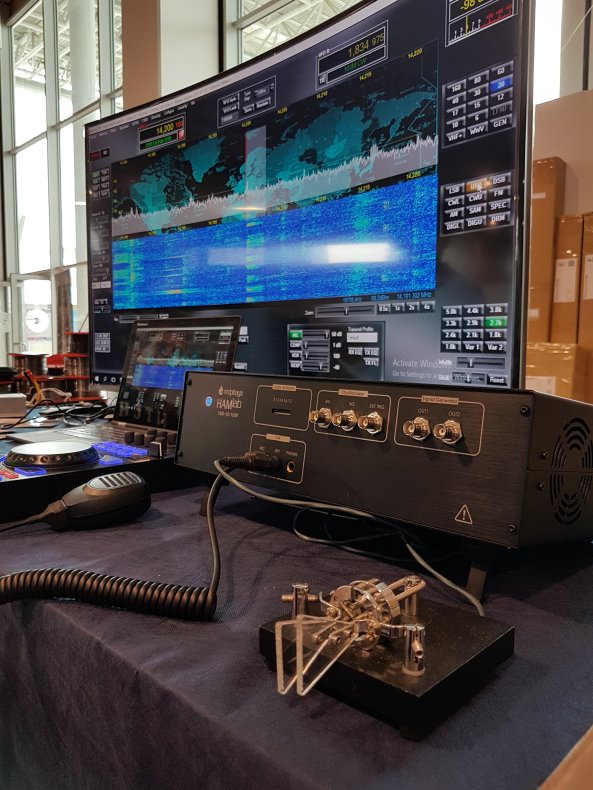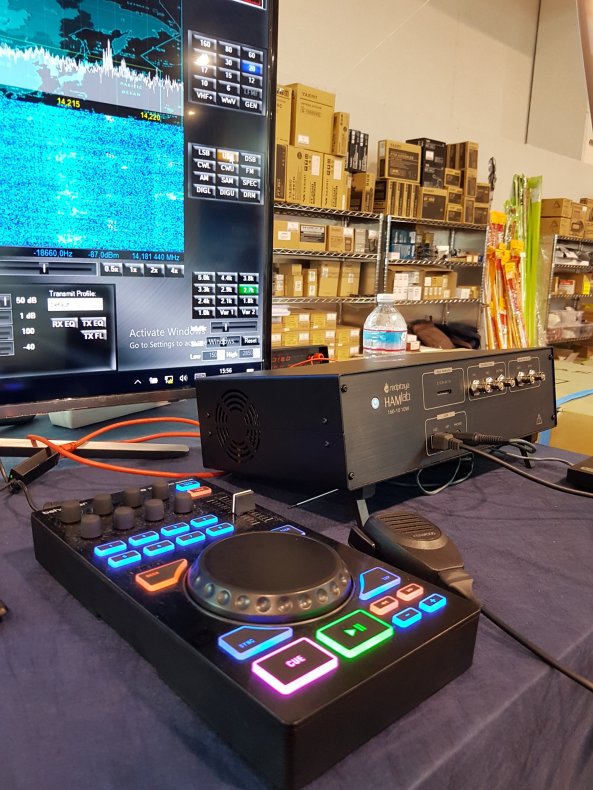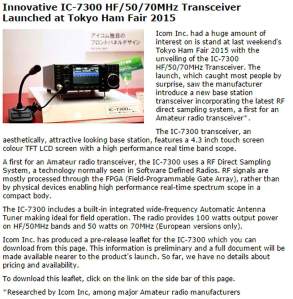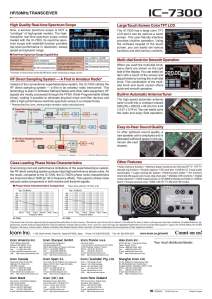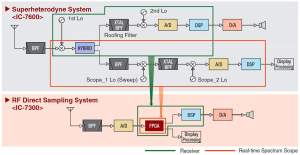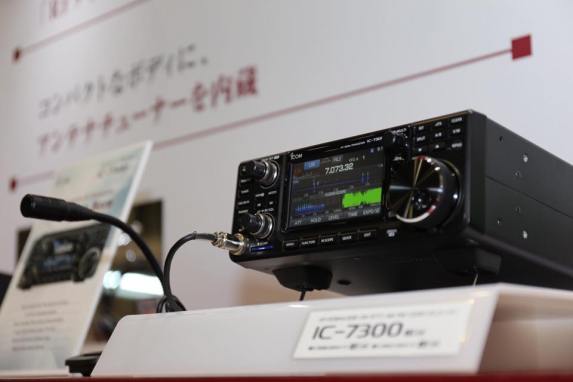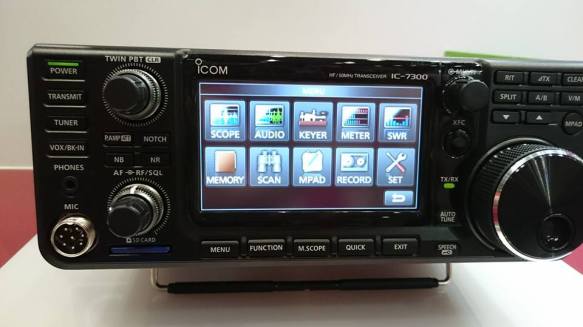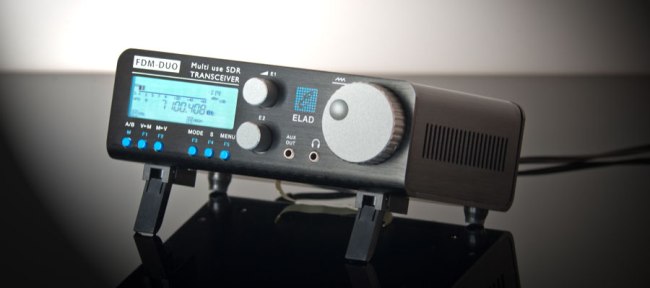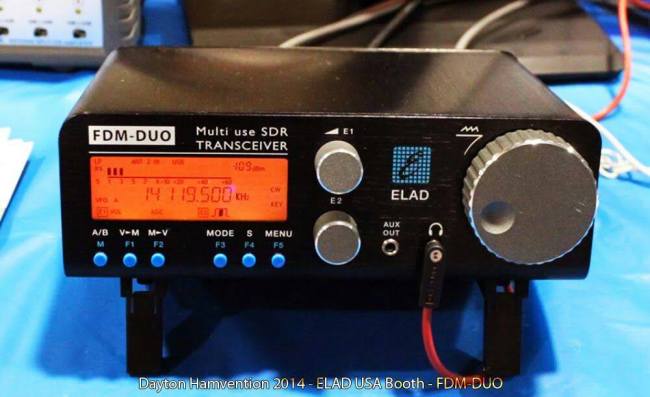Yaesu FT-DX101D HF/50MHz 100W SDR
Yaesu FT-DX101D HF/50MHz 100W SDR Reservation
YAESU is excited to introduce a new High-Class HF/50MHz 100WTransceiver – FTDX101D and the first sample will be seen at Dayton Hamvention 2018.
The new FTDX101D is utilizing the latest SDR Technology and classified as our High-End HF line, the FTDX series, which amateurs have come to know represents quality.
A few of the remarkable features of the new FTDX101D are;
- YAESU High-Class HF/ 50MHz 100W Transceiver
- SDR Technology and Waterfall Display
- Large Touch Panel precision color display
- Active Band Monitor enables rapid band changes with LED illumination of the operating band
- Independent control of the Main and Sub Bands allows effortless operation for the serious contester needing to move quickly between the amateur bands
- High-Q VC Tuning Front-End
- Main tuning dial for Main and Sub Band frequency control includes an Outer Dial for clarifier, VC tuning, fine tuning or custom settings.
As you may recall, the name “101” comes from Yaesu’s legendary-popular best seller FT-101 series. With all its strength, YAESU produced this new HF transceiver to carry on the tradition of high quality known from the original 101 series. The new FTDX101D will be certain to satisfy the variety of many amateur radio enthusiasts’ demands.
